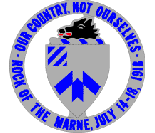
Mixed Airborne Troopers shortly after D-Day. |
Uniforms: Parachute Infantry Combat Dress 1. Primary uniform for the 505th PIR will be the M-42 jump uniform. It may be worn "as issued" or reinforced. It will be khaki in color (Khaki being a brown with a greenish tint). An upper sleeve pockets may be worn as an optional variation. Boots will be russet brown in color and carry a HIGH shine at ALL times. Corcorans are the acceptable boot of choice. The shoulder insignia of the 82nd will be worn on the left sleeve centered and a ½" below the shoulder seam, and have the proper rank affixed to the sleeve. With 48 Star Flag affixed to the right sleeve. 2. The secondary uniform the 505th will be the M1943 field jacket and M-43 field trousers. Boots will be of the "double buckle" variety or the jump boot (Corcoran). The insignia will be affixed as in #1. A 48 star flag may be affixed to the right sleeve 2-1/2" from the shoulder seam. Class "A" Dress Uniform 1. The four-pocket jacket is the preferred jacket, but the "Ike" jacket is an acceptable substitute for late war. Trousers and jacket should be matched in color to be authentic. Jump boots (HIGHLY POLISHED) will be worn. Wool shirt and trousers, with a khaki belt, and khaki tie, which will be worn, tucked into the shirt between the second and third shirt buttons. The wool overseas cap will have Infantry piping and the Parachutists Patch. A. Unit insignia will be affixed to the left sleeve ½" below the shoulder seams and centered. B. Proper rank centered on the sleeve and centered between the elbow and the shoulder seam. C. "US" and infantry branch disks will be worn on the lapel. Up 1 inch from the notch and centered between the inside edge of the collar and the outer edge of the lapel. Canted to be aligned with the inside edge of the lapel. D. Ribbons will be worn over the left breast pocket, and 1/8th of an inch above it. The order of precedence will be from left to right: American Defense, American Campaign, and European Theater of Operations (ETO will have bronze arrowhead and a Bronze Star). Above the ribbons the Jump wings will be centered and 1/4th of an inch above the ribbons and with the 505th's oval behind them. Combat Infantryman's badge will be worn centered on the left breast pocket flap. Class "B" Dress Uniform 1. The M1941 jacket with wool shirt and trousers, jump boots, wool overseas cap, along with Infantry piping and Parachutists badge, is an acceptable class "B" uniform. A tie MUST be worn as described in the above. In the event that you are unable to find the appropriate wool, the M-42 jumpsuit may substituted, for the wool shirt and trousers. Equipment: 1. Web gear A. Khaki web belt M-1936(must have riggers pouches) B. khaki web M-1923 cartridge belt (10 pockets) C. Khaki web M-1936 suspenders D. Khaki web canteen cover, aluminum canteen (It may have aluminum or plastic top), and canteen cup (flat one-piece handle). E. Khaki web M-1936 Musette bag. F. M1C Steel helmet with fixed or swivel bales 2. Entrenching tools A. T-Handle shovel with the handle shortened for airborne use is the preferred tool. B. Khaki web cover and folding shovel is also acceptable. 3. WW II mess pan with knife, fork, and spoon. 4. Knives and Bayonets A. The bayonet for rifle carried (worn from web belt) B. M-3 fighting knife (carried strapped to leg) C. M1918 Knuckle knife is an optional knife 5. Optional Equipment A. Foot locker B. duffel bag (single strap, cotton web) C. khaki shelter half (both halves) 12 pins and two sets of folding poles D. OD green (brown with greenish tint) wool blanket E. Khaki bandoleers F. M-5 gas mask G. .45 hip holster (brown) H. Rifle grenade ammo bags I. M-3 shoulder holster J. life vest K. Griswold bag L. WWII poncho M. Calvary gloves N. WWII wool sweater O. Wool scarf P. wire snips Q. binoculars R. Lensatic compass S. BC-611 (walkie talkie) Weapons: 1. M1 (carbine) 2. M1 Garrand 3. 1903 Springfield (Sniper Version Only) 4. Thompson Sub-machinegun .45 cal. 5. M1911 .45 cal. 6. BAR .30 cal. (Post Normandy Impressions) 7. .30 cal. machinegun 8. 60 & 80 mm mortar 9. M3 .45 cal. "grease gun" 10. Rocket launcher AT (Bazooka) 11. Gammet Grenade 12. MK11A1 Grenade 13. Rifle Grenade 14. Satchel Charge 15. Rifle Flare These above items were considered as average issue for the WW 2 airborne soldier. We don't require all of it (we know you have a life and family) this is a great deal of the equipment carried and used by the 1/505th. |
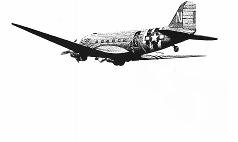

Three seconds of fear and prayer till the opening shock and a little relief. |
Paratrooper Uniforms |
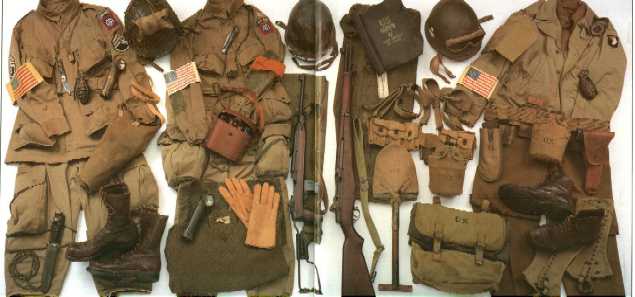

Welcome to the homepage of A Co. 1st Battalion, 505th Parachute Infantry Regiment, 82nd Airborne Division (Recreated) |
Purpose: 1) To assist in educating the public on the life of a WW2 member of the 505th PIR/RCT through public display and school visits to show the sacrifec made by men of the regiment. 2) To support the Gateway Chapter of the 82nd Airborne Museum in all events. |
Goal: To accurately protray members of the 505th PIR/RCT to the best of our abilities, to properly convey what it was like to be a member of such a proud regiment. |
Uniforms: 1. HerringBone Twill Jacket and Trousers 2. O.D. Wools Shirt and Pants 3. M41 Field Jacket, with 82nd ABN Patch 4. Rough-outs or M43 Combat Boots (Double Buckles)** 5. Leggings 6. M1 helmet sytem (Steel Pot and Liner) with net 7. Overseas Cap with "Paraglide" patch Pre-1943 (North Africa, Sicily and Italy) Shirt, Wool Flannel, EM, M1937 Trousers, Field, Wool, M1937 Tousers Belt OD with open face buckle Socks Cushion insole T-shirt, Athletic (Wife Beater style) Jacket, Field M1941 Leggings, Canvas, Dismounted, M38, 8 eyelet type Shoes Field Service, Type I through III (Smooth Service Boots and Rough Out Boots) Post-1943 (Normandy, Central Europe and Occupation) Shirt, Wool Flannel, EM, M1937 and or Shirt Convertable Collar Trousers, Field Wool, M1937 Trouser Belt OD with open face buckle Socks Cushion Insole T-shirt, Athletic (Wife Beater) Jacket, Field M1943 Trouser Field, M1943 (NO CARGO POCKETS) M1943 Combat Boots (Double Buckles) ** Glidermen of the 325th GIR wore the Paratrooper Boot sometime AFTER Normandy, although not the primary boot, it can be substituted. |
Welcome to the Webpage for A CO 1st BN 325th GIR (Recreated) |

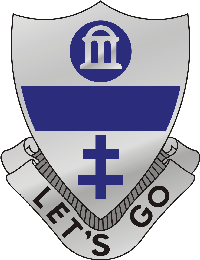
One Day I answered the popular call And got in the Army to be on the ball. An infantry outfit, foot-soldiers and all, Is where they put me to train. They gave me basics at Camp Clairborne, There I was happy and never forlorn, Till they split us up and made us Airborne, But the pay was exactly the same! Chorus: Once I was happy but now I'm Airborne, Riding in gliders all tattered and torn. The pilots are daring, all caution they scorn, And the pay is exactly the same! Other variations: Once I was Infantry, now I'm a dope, Riding in gliders attached to a rope. Safety in landing is only a hope, And the pay is exactly the same! We fly through the air in our flying caboose, Its actions are graceful just like a fat goose. We hike on the pavement till our joints have come loose, And the pay is exactly the same! We fight in fatigues, no fancy jump suits, No bright leather jackets, no polished jump boots. We crash-land by glider without parachutes, And the pay is exactly the same! We glide through the air with "Jennie" the jeep, Held on our laps unable to leap. If she breaks loose our widows will weep, And the pay is exactly the same! We glide through the air in a tactical state, Jumping is useless, it always too late. No chute for the soldier who rides in a crate, And the pay is exactly the same! We work in Headquarters we sit on a chair, We figure our tactics and take to the air, We fly over "Jerry" and drop in his hair, And the pay is exactly the same! We hike and we sweat, and we load and we lash, We tie it down well, just in case of a crash, We take off and land, and climb out in a flash, And the pay is exactly the same! We glide through the air with the greatest of ease, We do a good job and we try hard to please. The Finanace Department we pester and tease, But the pay is exactly the same! |
Jump Pay |
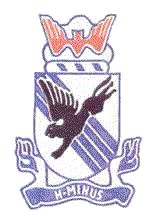
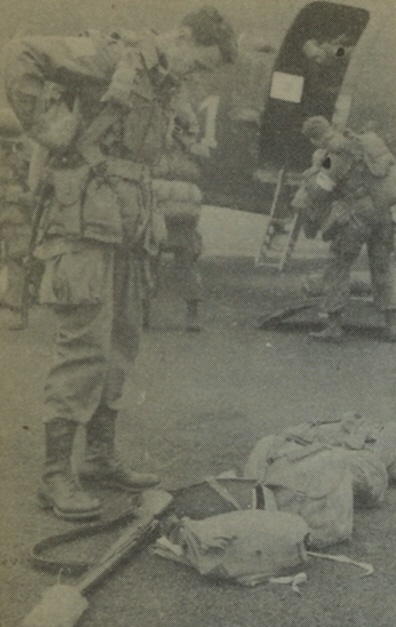
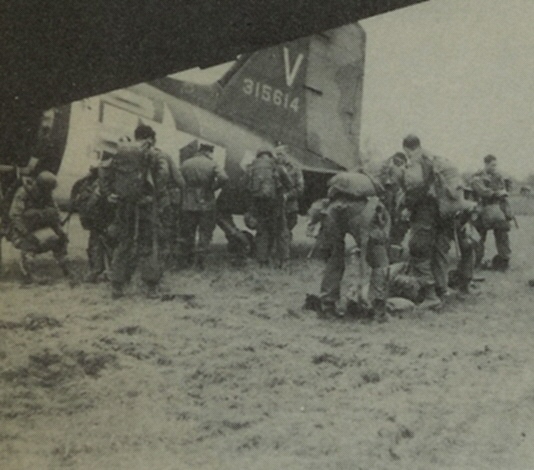


This page was last updated on: September 13,
2006
30th Infantry Regiment, 3rd Infantry's (Reenacted) website. Home of the Battle Boars! |
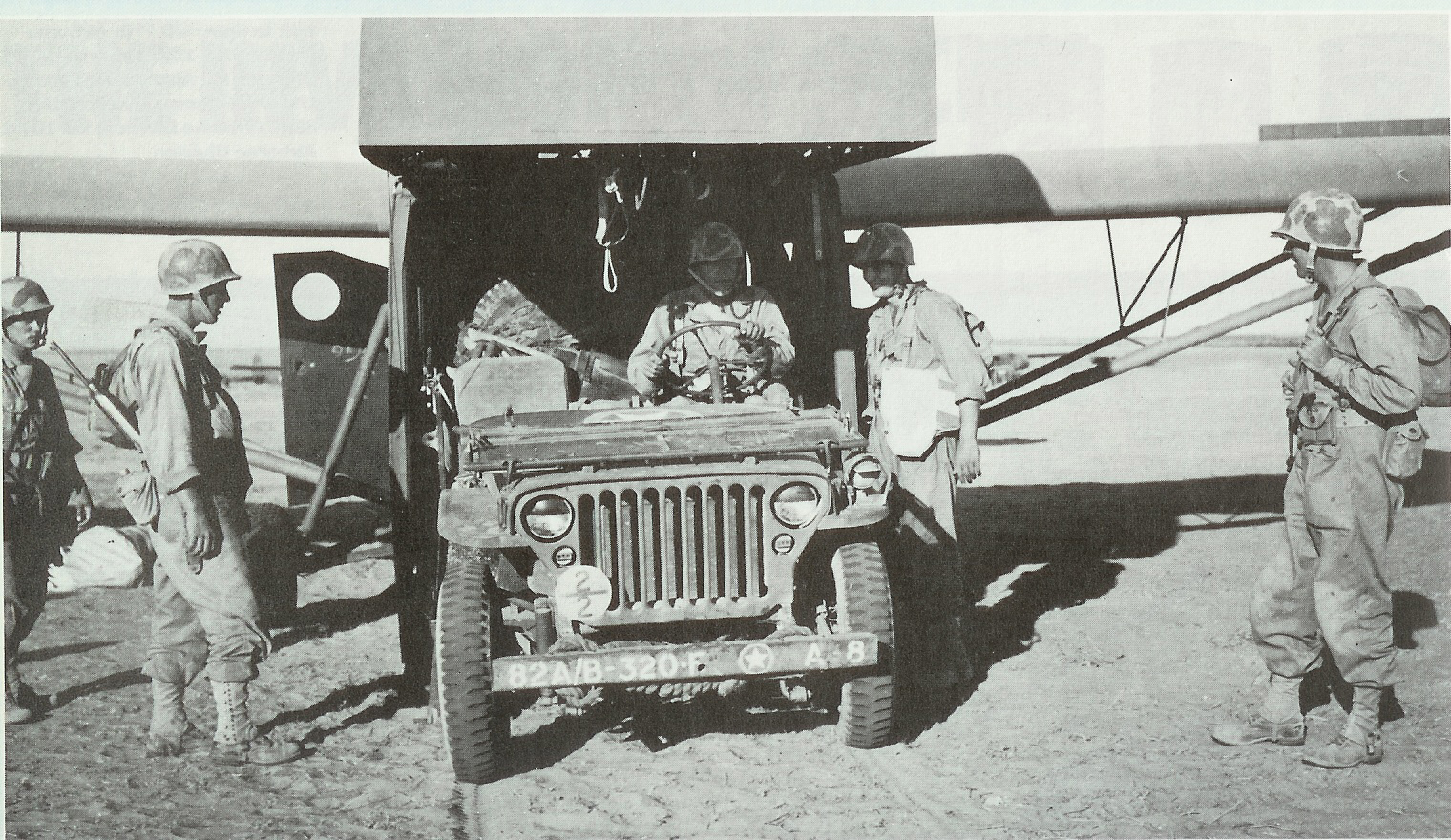

Gliderman Uniforms: |
World War Two Historical Reenactment Society |
82nd Airborne Association |
HISTORY OF THE 505TH PIR On 6 July 1942, at Fort Benning, Georgia, the 505th Parachute Infantry Regiment was activated under the Airborne Command, Fort Bragg, North Carolina. On 4 February 1943, the Regiment was assigned to the 82d Airborne Division. The Regiment arrived at Fort Bragg, North Carolina on 12 February 1943. During World War II, the 505th Parachute Infantry Regiment participated in seven major campaigns and four regimental airborne assaults. On 28 April 1943, the 505th left the New York Port of Embarkation for Casablanca, North Africa where the regiment underwent six weeks of grueling training. The Regiment then flew to Kairouan, Tunisia where final preparations were conducted for the 505th's entry into battle. On 9 July 1943, just over a year after it's activation the 505th made the first regimental size combat parachute attack as it landed behind enemy lines at Gela, Sicily. In it's first trial-by-fire, the 505th, though outmanned and outgunned, used raw courage and fighting spirit to block the German Herman Goering Panzer Division and to save the beachhead and the Allied landings. With Sicily secure, the Allies continued attack on the Axis powers with landings on the Italian mainland. The 505th conducted its second combat parachute attack on 14 September 1943, into Salerno, Italy becoming the first unit to enter Naples. During the early months of 1944, the Division was moved to England as the allies were preparing for the assault on Western Europe. The largest combined military operation in history, "D-Day", was to be spearheaded by the 82d and 101st Airborne Divisions. 6 June 1944, at 0300 hours, found the paratroopers of the 505th landing on the Normandy Peninsula. It was one of the first airborne units to hit the ground and liberated the first town in France, St. Mere-Eglise. The paratroopers jumped prior to the actual start of the invasion "H-Hour". Because of that tradition, of being the first into the fight, the 505th Regimental motto is "H-MINUS". For their performance in the invasions the 505th was awarded the Presidential Unit Citation, the unit equivalent of the Medal of Honor awarded to individual soldiers. In the words of author Clay Blair, the paratroopers emerged from Normandy with the reputation of being a pack of jackals; the toughest, most resourceful and bloodthirsty in Europe. On 17 September 1944, as part of "Operation Market Garden", the 505th made its fourth jump at Groesbeck, Holland, the largest airborne assault in history. During that fierce combat, two lightly armed platoons, at most 80 men, were surrounded by an entire German Infantry Battalion supported by tanks. The paratroopers fought back three savage German assaults and held their ground until relieved. The 505th received a second Presidential Unit Citation. Later that winter the airborne troopers were thrown into the breach of the famous "Battle of the Bulge". Despite a lack of cold weather equipment once again airborne spirit, courage, and hard-nosed determination won the day as the 505th withstood the bleak winter and stopped the fanatic German attacks cold. For its valor in the seven major campaigns the 505th was awarded two Distinguished Unit Citations and three Foreign decorations: the French Forager, Netherlands Military Order of William, and Belgium Forragere. After World War II, the 505th Parachute Infantry Regiment returned to Fort Bragg, North Carolina. |
325th GIR Order of Battle: Redesignated to 325th Glider Infantry Regiment on 15 August 1942 and assigned to the 82nd Airborne Division; Moved to Ft. Bragg North Carolina 4 October 1942 and staged at Camp Edwards Massachusetts 19 April 1943 until departed New York P/E 28 April 1943; Landed in North Africa 10 May 1943 and landed on Sicily 9 July 1943; Returned to North Africa 19 August 1943 and to to Sicily 4 September 1943; Landed in Italy 13 September 1943 and arrived Northern Ireland on 9 December 1943 and England 14 February 1944; Assaulted Normandy France on 6 and 7 June 1944 and returned to England 13 July 1944; Assaulted Nijmegen-Arnhem Holland 17 September 1944 and crossed into France 14 November 1944; Entered Belgium 18 December 1944 and Germany 30 January 1945; Returned to France 19 February 1945 and to Germany 2 April 1945; Returned to New York P/E 3 January 1946 and moved to Ft. Bragg North Carolina 16 January 1946; active there through 1946 |
325th Glider Infantry Association |
505th PIR Association |


